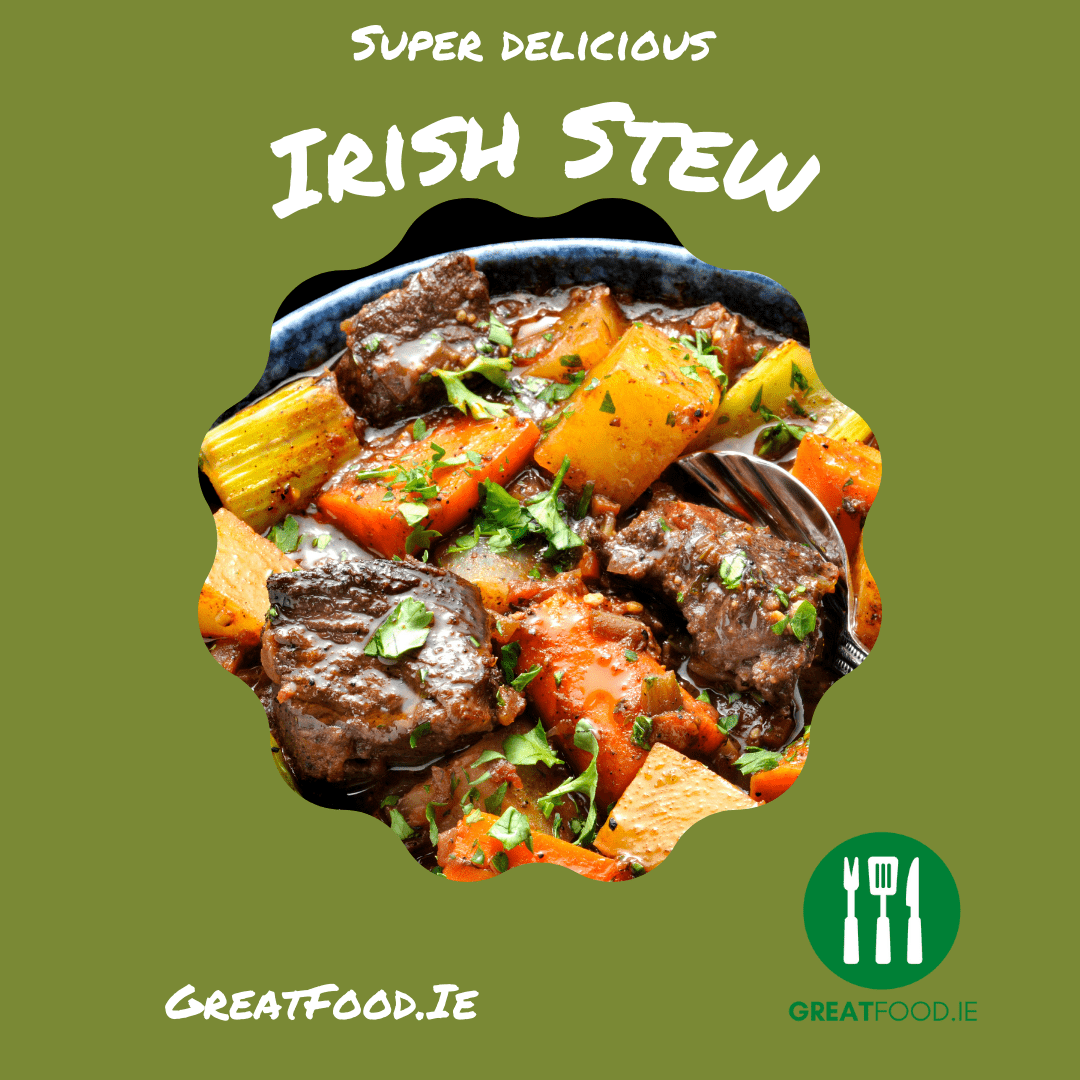BAKING PAN SIZE CHART
We’ve put together some useful baking dimensions to easily convert baking pans from inches to centimetres.
Cake and Baking Pan Sizes & Conversion
Here’s an in-depth overview of different cake pan sizes and how they affect baking times and ingredients.
If you’re having trouble finding a particular pan, you might want to bookmark this page to refer back to later when you need to bake something.
Here you’ll see common measurements for different types of pans used in cooking. You may notice some differences between these measurements and the ones found in the Joy of Cooking. These numbers come from my own experience.
Measurement Conversions
1 inch = 2.54cm
1 cup = 240ml
How to Determine the Volume Yourself
To determine the approximate capacity of a baking dish, fill it with 1 cup of water and then measure how high it gets. That’s what I did!
How Much Does This Pan Hold?
Here’s a helpful guide to the different pan sizes of cake tins available and how much each size holds. Keep in mind that these numbers refer to the total capacity of the tin, not just the space inside. For example, if you fill a 10-cup muffin tin halfway, you’ve used half its capacity.
As an illustration, let’s say that my vanilla recipe yields around eight cupcakes which I split between three nine-by-two-inch round cake pans. Each pan holds approximately three cupcakes. Each cupcakes layer contains slightly under three cupcakes.
Use the following table to figure out which baking pans sizes can be replaced by others.
Round Pans
A 6×2 inch round pan holds around 4 cups of cake batter, about the same as an 8×4 inch loaf pan. Fun Side note Cupcake recipes for 12-16 cupcakes fit near perfectly in 3 6-inch cake pans.
8-inch round cake tin x 1.5-inch deep = 20cm x 4 cm deep = 4 cups (960ml)
9-inch round cake tin x 1.5-inch deep = 22cm x 4 cm deep = 6 cups (1.4 liters)
10-inch round cake tin x 1.5-inch deep = 25cm x 4cm deep = 8 cups (1.9 liters)
Square Pans & Square Cake Tins
10-inch x 10-inch round x 1.5-inch deep = 25cm x 25cm x 4cm deep
12-inch x 12-inch round x 1.5-inch deep = 30cm x 30 cm x 4cm deep
8-inch x 8 inch round x 2-inch cake tin = 20cm x 20 cm x 5cm deep
9-inch x 9-inch round x 2 inch cake tin = 23cm x 23cm x 5cm deep
10-inch x 10-inch round x 3-inch deep = 25cm x 25cm x 7.5cm deep
12-inch x 12-inch round x 3-inch deep = 30cm x 30 cm x 7.5cm deep
RECTANGULAR CAKE TIN
13-inch x 9-inch x 2 inch deep = 33cm x 23 cm x 5cm
15-inch x 10-inch x 1 inch = 38 cm x 25 cm x 3cm
26-inch x 18-inch x 1 inch cake tin = 66cm x 46cm x 3cm
Jelly Roll Pans
10×15 inch jelly roll pan holds 10 cups of batter, the same as a 10×2 inch round pan, 9-inch square pan, 11×7 pan, 9×2.5 inch springform pan, 10-inch Bundt pan.
12×17 inch jelly roll pan holds 12 cups of batter, the same as a 10×2 inch square pan, 10-inch Bundt pan, 10×2.5 inch springform pan, and a 9-inch tube pan.
Bundt Pans
10-inch Bundt pans are the standard size. I have several that are 9.5 inches, and most Bundt cake recipes still fit.
10-inch Bundt pan holds 10-12 cups of batter, the same as a 10×2 inch round pan (10 cups), 9×2 inch square pan (10 cups), 10×2 inch square pan (12 cups), 11×7 inch pan (10 cups), 10×15 inch jelly roll pan (10 cups), 12×17 inch jelly roll pan (12 cups), 9×2.5 inch springform pan (10 cups), 10×2.5 inch springform pan (12 cups) and a 9-inch tube pan (12 cups).
Tube Pans
9×3 inch tube pans are the standard size. I have a few 8 and 10 inches, and most recipes using tube pans fit nicely.
9×3 inch tube pan holds 12 cups of batter, the same as a 10×2 inch square pan, 12×17 inch jelly roll pan, and a 10×2.5 inch springform pan.
Springform Pans
9×2.5 inch springform pan holds 10 cups of batter, the same as a 10×2 inch round pan, 9×2 inch square pan, 11×7 inch pan, a 10×15 inch jelly roll pan.
10×2.5 inch springform pan holds 12 cups of batter, the same as a 10×2 inch square pan, 12×17 inch jelly roll pan, and a 9×3 inch tube pan.
Loaf Pans
9-inch x 5-inch x 3-inch deep loaf tin = 23cm x 13cm x 7.5cm deep
Because there’s often a need for substitution when using different types of cakes, if you’re substituting a pan that has the same capacity, be aware of the cooking time because the finished product size will differ. Always check the oven frequently and start checking for doneness sooner than the recipes state.
Fill your baking dish at most two-thirds full. If not otherwise specified in the recipe, leave at least 1 inch between each layer.
Adapting Recipes to Fit Certain Cake Pans
Adjustments to the ingredients and measurements required for baking a cake may seem simple at first glance, but they can be tricky if you don’t know how to calculate them.
2) Determine the size of your oven. 3) Measure out the ingredients for the recipe. 4) Calculate the volume of each ingredient. 5) Multiply the total volume of
For rectangular and square pans, use the formula for calculating surface area. For instance, a 9×13-inch rectangular pan has a size of 117 square inches. A 9×9-inch square pan has an area of 81 square inches.
For circle pans, multiply the area by φ (3.14). For instance, if the area of a 9-inch circle is 63 square inches, then multiply that by φ (3/2) = 1.57. So, the area of a circle with a 9-inch circumference would be 57.6 square inches.
3) Once you’ve determined the volume your pan can handle or its square inches, you can confidently substitute cooking pans.
If a 9×13-in. Pan is 117 sq. in., and a 9-in. round pan is 63.6 sq. in., then you know that 1 9×13-in pan can hold 2 9-in. round pans (about 120 sq. in.).
If the volume and square inches don’t add up, you’ll need to adjust the ingredients, which requires some math.
For example, if one wants to change an eight-cup (9 x 16 cm) rectangular baking dish into a ten-cup (10 x 20 cm) rectangular baking dish, one would need to double the number of ingredients used. So, one would use sixteen cups of butter instead of eight cups of butter. Similarly, one would use twenty-four cups rather than twelve cups of sugar. In addition, one would also need to add two extra eggs, four extra egg yolks, and half a cup of vanilla extract.
To calculate the per cent, subtract the current quantity from the needed amount. Then divide the difference by the quantity you already have. Finally, times 100 to convert into a decimal format. For example, if you’re looking for 10% of 8, you would first subtract 8 from 10 to give 2. Next, divide 2 by 8 to yield.25. Multiplying.25 by 100 yields 25%, which is the per cent you seek.
How to Avoid the Math
If I were to give one piece of advice, it would be to follow the recipes exactly as written. However, if you’re feeling adventurous, you might want to double the recipes and then split them into two different bowls so you can bake both at once. You may also want to freeze some extra frosting after baking so you can eat it later.
Better to have some extra batter than none at all.
What About Eggs?
If you want to add some eggs to a dish, crack them into a bowl and then whisk them until they’re thoroughly mixed. Then measure the exact number of eggs you want to add to the dish using a measuring cup or by weighing the eggs on a digital scale.
Store leftover cooked rice in an airtight container in the refrigerator overnight. Add it to your scrambled eggs the following day.
The following list will help if you adjust my recipes for different pan sizes. These are the recipes I know, and all measurements are approximate.
Checkerboard Cake: about 8 cups
Vanilla Naked Cake: about 8 cups
Confetti Cake: about 8 cups
Chocolate Cake: about 6 cups
White Cake: about 7 cups
Banana Cake: about 6 cups
Strawberry Sponge Cake: about 7 cups
Coconut Cake: about 7-8 cups
Red Velvet Cake: about 6-7 cups
Lemon Sponge Cake: about 7 cups
My Favorite Baking Pans
Next time you need to know about baking pans & their conversions, I’d like to help you out so you can be confident when making the adjustments necessary.
Yum



